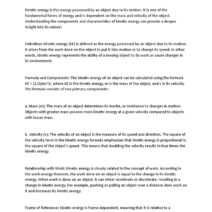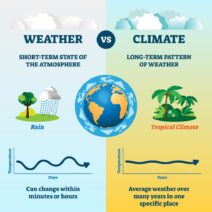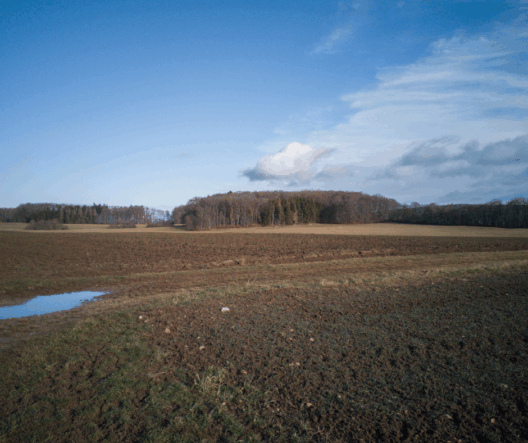When considering the optimal conditions for raising hens, understanding the nuances of climate is paramount. Hens are remarkably adaptable creatures, but their productivity and overall well-being can be significantly influenced by environmental conditions. This article elucidates the ideal climates for hen rearing, discussing temperature, humidity, and the role of seasonal changes in ensuring healthy poultry.
Moreover, it delves into the best practices for managing hens in diverse climates, addressing concerns pertinent to potential poultry farmers and enthusiasts alike.
The Ideal Temperature Range for Poultry
The temperature is a critical factor in the successful rearing of hens. Most breeds thrive within a specific temperature range, typically between 65°F and 75°F (18°C to 24°C). Outside of this range, the health and productivity of the hens can be jeopardized. At higher temperatures, hens become stressed, leading to a decline in egg production and an uptick in mortality rates. Conversely, temperatures below this threshold can exacerbate health issues such as frostbite and respiratory problems.
Ventilation plays an essential role in regulating temperature within henhouses. Proper airflow helps dissipate excessive heat during the sweltering summer months, while insulation can mitigate cold conditions in winter. Therefore, it’s vital for poultry farmers to design and maintain adequate housing that can adapt to these temperature fluctuations, ensuring the hens remain comfortable throughout the year.
Humidity and Its Impact on Poultry Health
Humidity is another significant consideration in the climate equation for raising hens. Ideal humidity levels should range between 40% and 70%. Extreme humidity levels, whether too high or too low, can lead to various health complications in hens. High humidity inhibits the evaporation of moisture from the birds’ bodies, contributing to heat stress, while low humidity can cause dehydration and respiratory issues.
In regions where humidity is a concern, especially tropical zones, managing the indoor climate becomes imperative. Using fans, misters, or dehumidifiers can help maintain optimal conditions. Additionally, regular monitoring of humidity levels using hygrometers can aid in the proactive management of the henhouse environment.
Seasonal Changes: Adapting Hen Care
The changing seasons bring different climate challenges that require tailored strategies for hen care. Spring and summer, while often conducive to high levels of egg production, demand vigilant monitoring of heat stress. Providing shaded areas, plenty of freshwater, and adjusting feeding schedules can ameliorate the effects of heat on hens during these warmer months.
In contrast, the fall and winter necessitate increased attention to insulation and heating within henhouses. Access to unfrozen water sources and high-quality feed becomes crucial as hens expend more energy trying to maintain their body temperature in colder weather. Furthermore, ensuring that hens have adequate shelter can prevent frostbite and help them weather the temperature drops.
Geographical Influences on Poultry Farming
Different geographical locations present unique challenges and advantages when raising hens. For instance, arid climates may provide excellent conditions for bird health but may require increased water management strategies. Conversely, temperate regions might offer easier management of temperature and humidity but could also pose challenges such as varying day lengths affecting egg production cycles.
Understanding the local climate is fundamental in selecting the appropriate breed of hens. Some breeds are more suited to hot climates, like the Red Ranger, while others thrive in colder conditions, such as the Plymouth Rock. Tailoring poultry selection to climatic conditions can maximize production and hen welfare.
Strategies for Climate-Specific Poultry Management
To address the unique climate-related challenges of hen rearing, several strategies can be implemented. For hot climates, integrating strategies such as shading, proper ventilation, and high-protein feed can enhance hen endurance and productivity. Incorporating elements such as mud wallows or misters can also alleviate stress during peak heat.
In colder climates, utilizing insulated housing, proper bedding materials to retain heat, and ensuring that water sources are consistently thawed are crucial aspects of management. Supplementing diets with additional energy-rich feed during the winter months can help sustain hens’ energy levels.
The Importance of Behavioral Considerations
Sociability and behavioral management also feed into the climate conversation. Hens are social animals, and their well-being hinges on their interactions with one another. Space within housing must allow for natural behaviors, and ensuring that hens can engage in dust bathing and foraging can mitigate stress associated with climate extremes.
Implementing flock management strategies, such as rotational grazing and free-ranging, can further enhance their mental and physical health. The freedom provided by open environments allows hens to make choices that improve their well-being, leading to optimal productivity.
Conclusion
In conclusion, the intricate tapestry of climate, encompassing temperature, humidity, and seasonal changes, plays a vital role in the successful rearing of hens. By understanding and adapting to these elements, poultry farmers can ensure both the health of their flocks and the production of quality eggs. Selecting appropriate breeds, implementing strategic management practices, and fostering a conducive living environment are all crucial components of thriving poultry operations, ultimately leading to a more sustainable and efficient approach to chicken farming.







